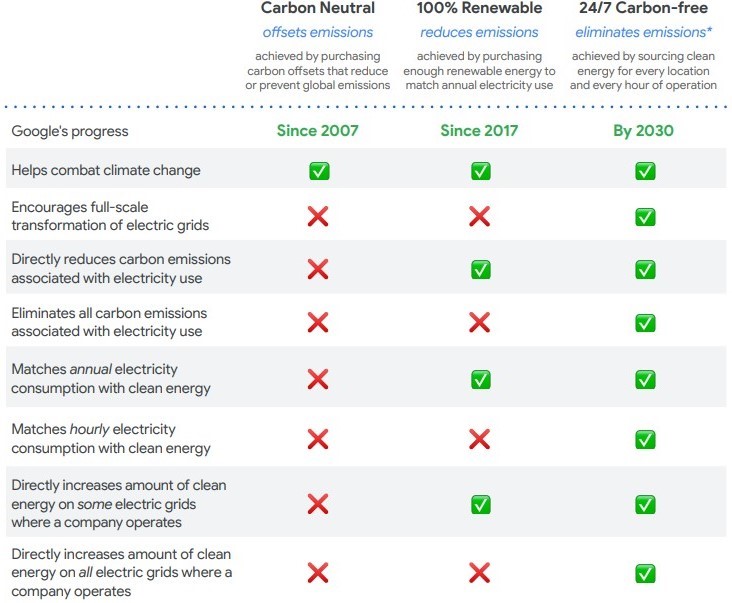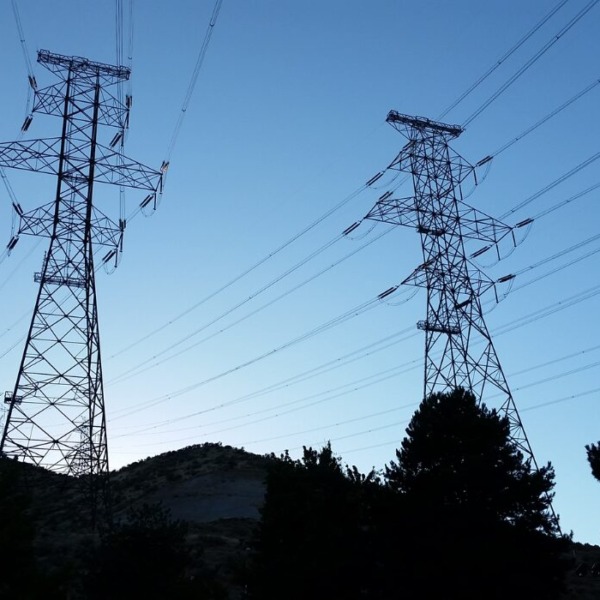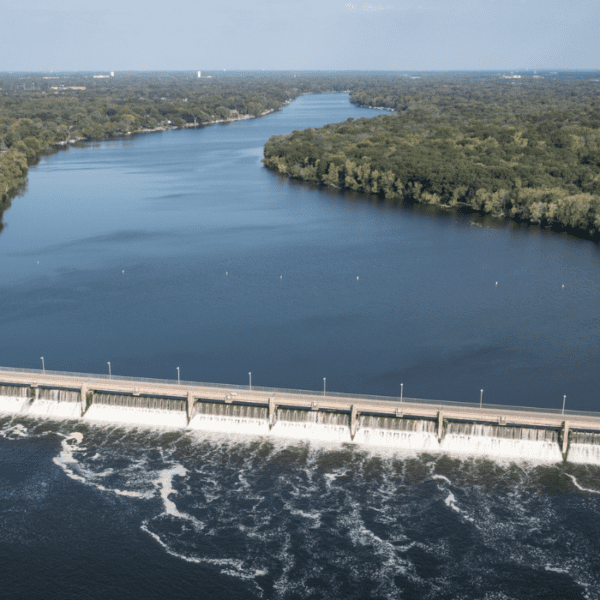As the United States continues to decarbonize the electricity sector, much of the focus has been on government mandates, subsidies or incentives for new renewable resources. However, there is a growing corporate sustainability movement that could have an even greater impact.
For over a decade, major corporations — concerned about their climate image — have been purchasing new renewable power to offset emissions from their operations. You’ve probably read many headlines like this one: “Amazon purchases electricity from wind farm to power new facility.”
A new purchasing strategy aimed at more granularly matching a company’s load with its time of consumption could be a boon for hydro.
THE DEEP DIVE
Google, the second largest renewable purchaser in the world, announced a new “24/7 Carbon-Free” strategy in September 2020. The goal is to source carbon-free electricity for every location and in every hour of operation.
When a business enters into a long-term power purchase agreement (PPA) with a wind or solar farm, it is largely a paper transaction that does not account for that company’s actual electricity use when the sun isn’t shining and the wind isn’t blowing. Essentially, under this “additionality” approach, a company could be sourcing all of its electricity on paper with renewable PPAs, while, in actuality, the majority of the electrons powering its operations could be brown rather than green.
Google’s new 24/7 strategy is a more aggressive approach and could have a greater impact by incentivizing firm and flexible carbon-free resources that produce when wind and solar don’t show up. The graph below illustrates Google’s progression to this more sophisticated purchasing strategy.

In order to match hourly supply with its hourly consumption, Google expanded the pool of resources to include nuclear, geothermal and hydropower. In May 2021, Google announced that it entered into an agreement with a hydropower resource to power one if its data centers in Virginia. This is the first time Google has partnered with a hydropower facility to firm up other renewable contracts.
And Google isn’t the only corporation to implement a 24/7 approach. Companies like EDF Renewables are creating products like GTECH (stands for “green technology energy credit hourly”), which can digitally stamp a renewable energy credit so the buyer can more easily match their hourly demand. This allowed companies like Hewlett-Packard and Adobe to join Google in this higher impact sustainable purchasing.
WHAT’S NEXT?
And the federal government may not be far behind Google. At the urging of a broad coalition of clean energy groups (including the National Hydropower Association), the Biden administration has announced its intention to move toward a 24/7 approach to federal energy procurement.
While policies like the production tax credit and renewable portfolio standards have driven huge investments in wind and solar, their impact has been smaller on hydropower. As variable resources continue to be deployed, the grid will need more flexible, carbon-free generators like hydro and pumped storage to integrate these resources reliably and cost effectively.
Let’s hope this new corporate strategy bears fruit for the renewable workhorses of the grid: hydropower and pumped storage.











